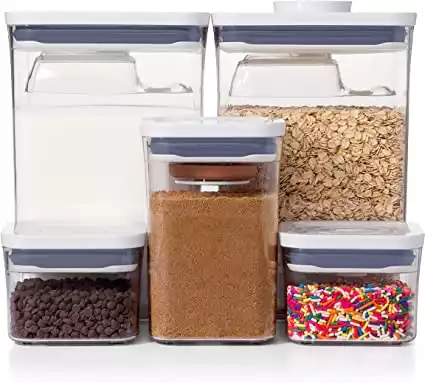How to Store Pizza Flour
In this article, you will learn how to store pizza flour correctly for consistent top-quality results.
If you frequently bake pizzas or any other baking goods, you probably have a lot of flour in your pantry, and you want that flour to be as fresh as possible.
Mainly, if you buy specialty flours to make pizza, for example, Caputo Flour or King Arthur Flour, you know that these flours come with a price tag, so you don’t want any of them to go to waste.
Still, learning a few simple tips is all it takes to ensure your flour never spoils or becomes rancid or infiltrated with bugs and crawly insects.
So, let’s head to the pantry and keep that pizza flour at its best!
Here is what you need to do.
Here’s What You Will Find:
How to Store Pizza Flour – the Right Way!
The right way to store your pizza flour is not complicated to remember, although the flour’s shelf-life varies a bit depending on the flour you use.
However, regardless of the kind of flour you have, to properly store flour, you need to keep it in an airtight container, in a cool and dry place such as the refrigerator or freezer, and away from warmth or direct light.
So, let’s look at the different flours and how you need to store them.
How to Store Pizza Flour – Refined Flour
Manufacturers put the wheat through a unique process when making refined flour; namely, they remove the germ and bran so that the flour is fine, soft, and has a light color.
If you’re using all-purpose or bread flour for your pizza dough, you’re using refined flour. These flours contain very little oil and are more shelf-stable than other types of flour, such as whole-grain flour.
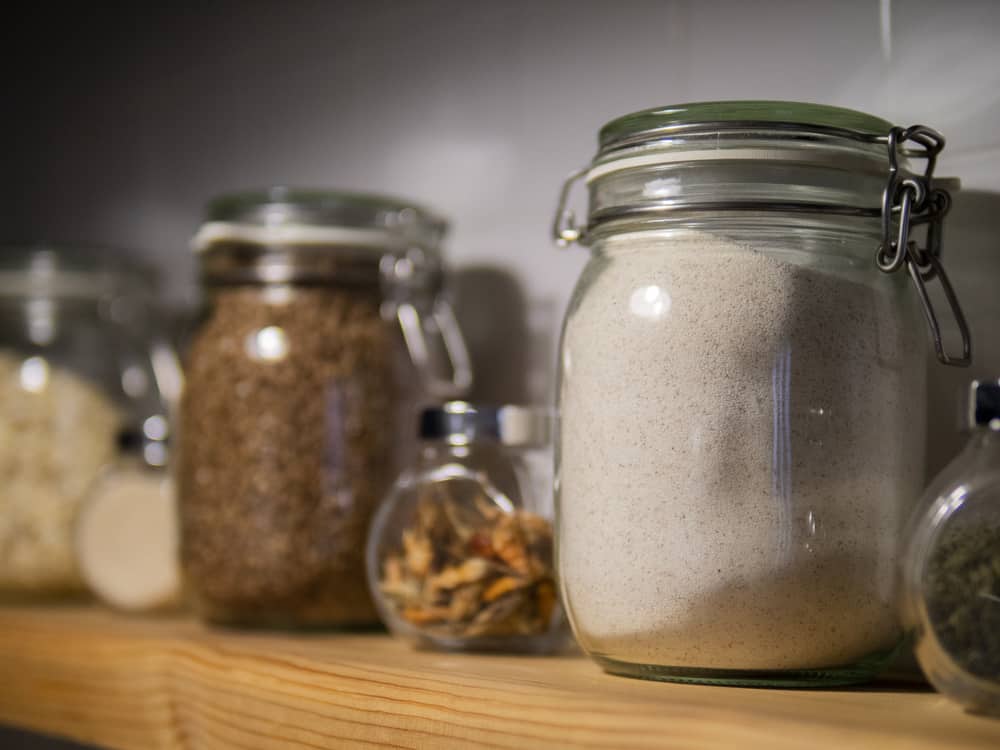
Airtight Containers
These airtight containers ensure moisture doesn’t get inside, keep all pests and insects out, and block odors from nearby foods from getting into the flour and causing it to taste or smell bad.
Most people know storing flour in a cool, dry place is a must.
Moisture and sunlight are natural enemies of flour, so once you ensure your flour is in the correct container, it can be stored in the pantry or a dark place in your kitchen.
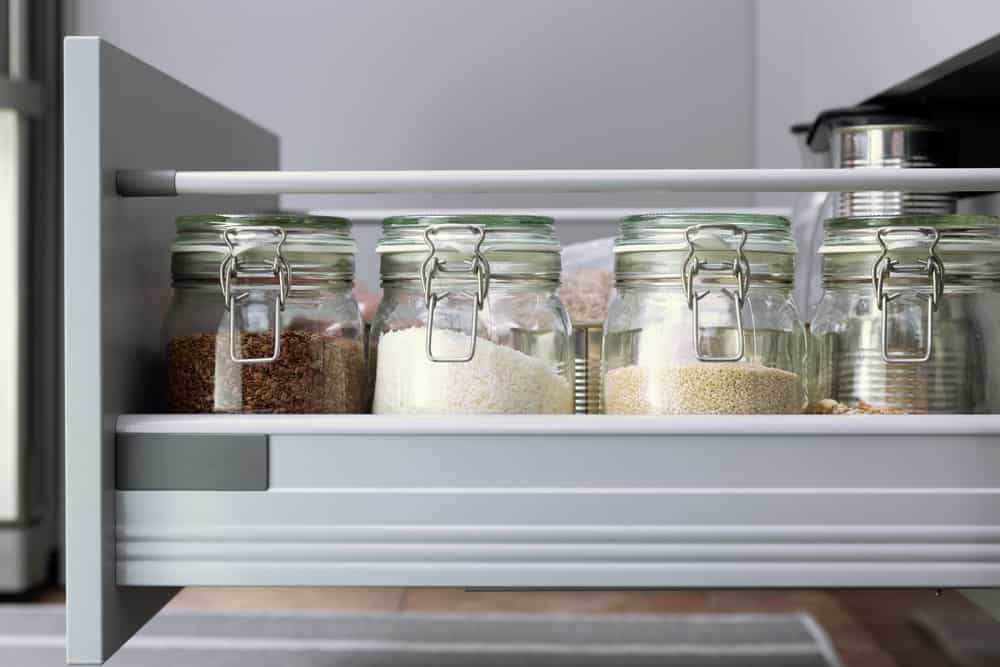
Keeping Flour in Pantry
When refined flour is placed in the pantry and remains dry and cool the entire time, it will last up to one year.
The first thing you should do with refined flour when you get home is put it in the freezer for 48 hours. This process will kill any insect eggs or weevils hiding in the package.
After 48 hours, you’ll want to take it out of the packaging and pour it into a plastic or glass food-grade container with a tight lid.
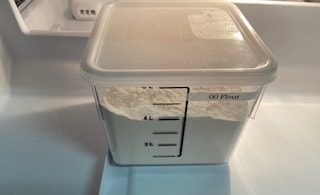
Keeping Pizza Flour in the Freezer
If you want your flour to last longer or live in an especially warm area, place it in the freezer instead of the pantry, where it will stay fresh for up to two years.

How to Store Pizza Flour – High Protein Flour
Pizza flour falls into the refined flour category as you may use high-protein flour like bread flour or all-purpose flour to make the dough.
However, the best pizza flours such as Caputo Flour, King Arthur Flour, or any other specialty flour are considerably more expensive than the regular all-purpose flour you find at the local supermarket.
As a result, handling these flours requires a little extra care because you don’t want them to go to waste.
For these pizza flours, we recommend buying them on an “as-needed basis” to purchase and use what you need unless you bake pizza frequently.
For example, you can find 2lb, 3lb, and 5lb bags of these specialty flours.
With these size bags, you can make pizza dough 2 to 4 times based on a 500g recipe. So, the leftover flour would not be that much compared to buying a 10lb bag.
Buying flour more frequently will guarantee you will have the freshest flour for your dough every time.
Don’t forget to keep track of the date of purchase; you can either write it on the bag or attach a label to the container. That way, you can always know how old your flour is.
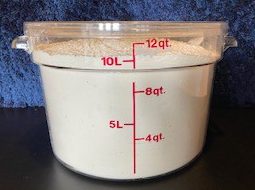
Storing Large Amounts of Pizza Flour
If you do decide to go for a larger bag, the right way to store it would be to have a dedicated airtight container, either glass or plastic, which is a must.
You can also keep the flour in the freezer to prolong the shelf-life.
Pro Tip
When mixing dough, always check the dough’s temperature as cold flour will delay the dough’s fermentation and take longer to rise.
How to Store Pizza Flour – Whole Grain Flour
Whole-Grain and Other Types of Flour
With whole-grain flour, the germ and the bran are left in during the manufacturing process, which means it is very nutritious and higher in fiber than refined flour but can also spoil a lot faster.
The bran and germ contain oils that will ruin the flavor of the flour when it oxidizes.
If you have whole-wheat, oat, rice, nut (for example, almond), rye, or any seed flour in your kitchen, these are types of whole-grain flour.
Like refined flour, you should store whole-grain flour in the freezer for 48 hours before transferring it to an airtight container.
Afterward, however, you should store it in the refrigerator for six months or in the freezer for up to one year.
Because of its high oil content, whole-grain flour will go bad quickly when kept at room temperature, so never store this type of flour in your pantry.
Pizza Pun
We tried to come up with a pun for flour but we couldn’t find one.
We’ll have to sift through our minds to find one.
Pizza Flour Shelf-Life
As you can see, flour’s shelf-life varies according to its type and what condition it is in when you receive it.
How Long Can You Keep Pizza Flour?
You can store pizza flour in the pantry for up to one year or in the freezer for up to two years.
Can You Keep Pizza Flour in the Freezer?
Yes, you can! If you want your flour to last longer or live in an especially warm area, place it in the freezer instead of the pantry, where it will stay fresh for up to two years.
If you keep flour in the freezer, you don’t have to worry about it getting too cold or freezing solid because it won’t.
The cold won’t affect the flour’s texture, so you can take it out of the freezer, scoop out what you need, and put it back after you’re done.
If you’re planning to use it immediately, let it get to room temperature before you do.
This process is especially important when mixing and raising the dough as temperature directly affects fermentation. Cold temperatures will delay or retard the fermentation of the dough.
How to Tell if the Flour is Still Good
The best way to determine whether your flour is still good is to visually and physically inspect it.
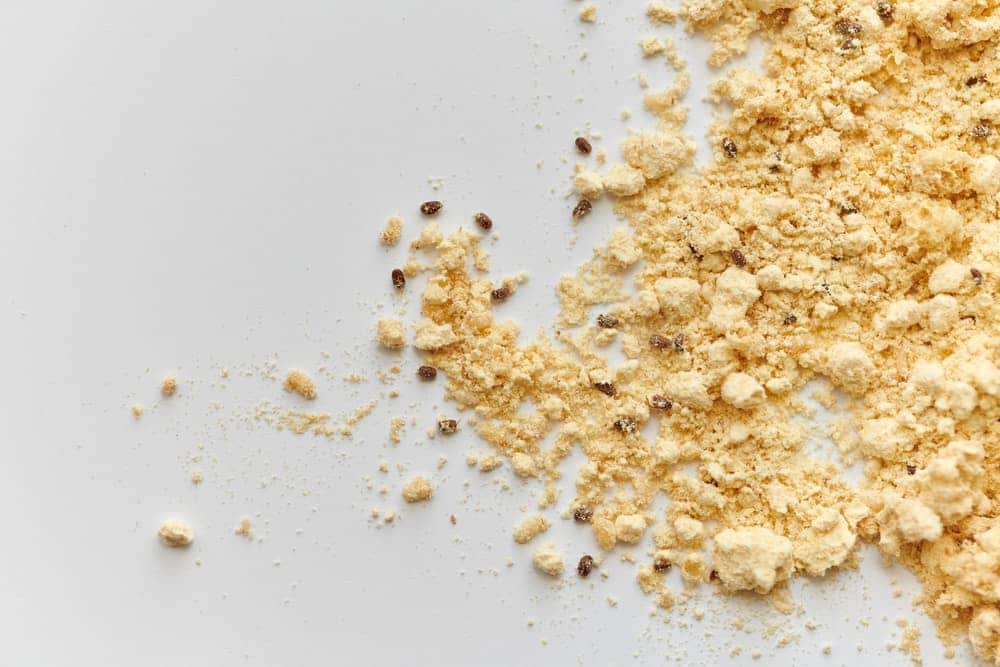
Inspect Your Flour
When inspecting flour, look for insects, discoloration, and moisture.
How to Store Pizza Flour – Visual Inspection
- Take a close look at the flour first, and check that there are no pests; if you see any weevils or insects, immediately discard the flour.
- Check for any discoloration; flour should be either white or light cream color. If you see any yellow or gray hues, it’s a sign the flour is no longer fresh.
- Check the texture; if there is mold or any large clumps, this is a sign the flour has come in contact with water or moisture.
If you have experienced any of the above situations, you should immediately discard the entire bag.
The Last Slice
So, if you want to learn how to store pizza flour the right way, here are a few essential things to remember:
- For white (refined) and whole-grain flour, keep it in an airtight container and place it in the freezer for two days (48 hours) as soon as you get home.
- Store white flour in the pantry for up to one year or in the freezer for up to two years.
- Buy flour as you need it, and try to maintain the least amount of flour possible.
- Never store whole-grain flour in the pantry.
Look for signs of freshness if you lose track of how long the flour has been stored away.
If you notice rancid, stale, or musty smells, a minty odor, a brownish surface on the top of the flour, or a burnt-like taste, the flour is ready to be thrown out, and you should do so immediately.
We hope you now know how to store pizza flour so you can get top-quality results every time.
Here are the Containers the PROs at Homemade Pizza Pro Use and Recommend
The OXO good grips two-piece pop container baking set is tailor-made for baking enthusiasts looking to keep their ingredients fresh and their pantries organized. Each container is carefully calibrated to fit everyday baking essentials
Additional Flour Resources

Flour Absorption 101: The Key to Crafting the Perfect Pizza Crust
the PROs
Ah, pizza. The one food that unites us all! What would we do without our delicious, cheesy slices of heaven? …

Manitoba Flour: Unlocking the Potential of the #1 High-Gluten Flour
the PROs
You might have heard about Manitoba flour and are wondering what all the fuss is about. Well, let us tell …
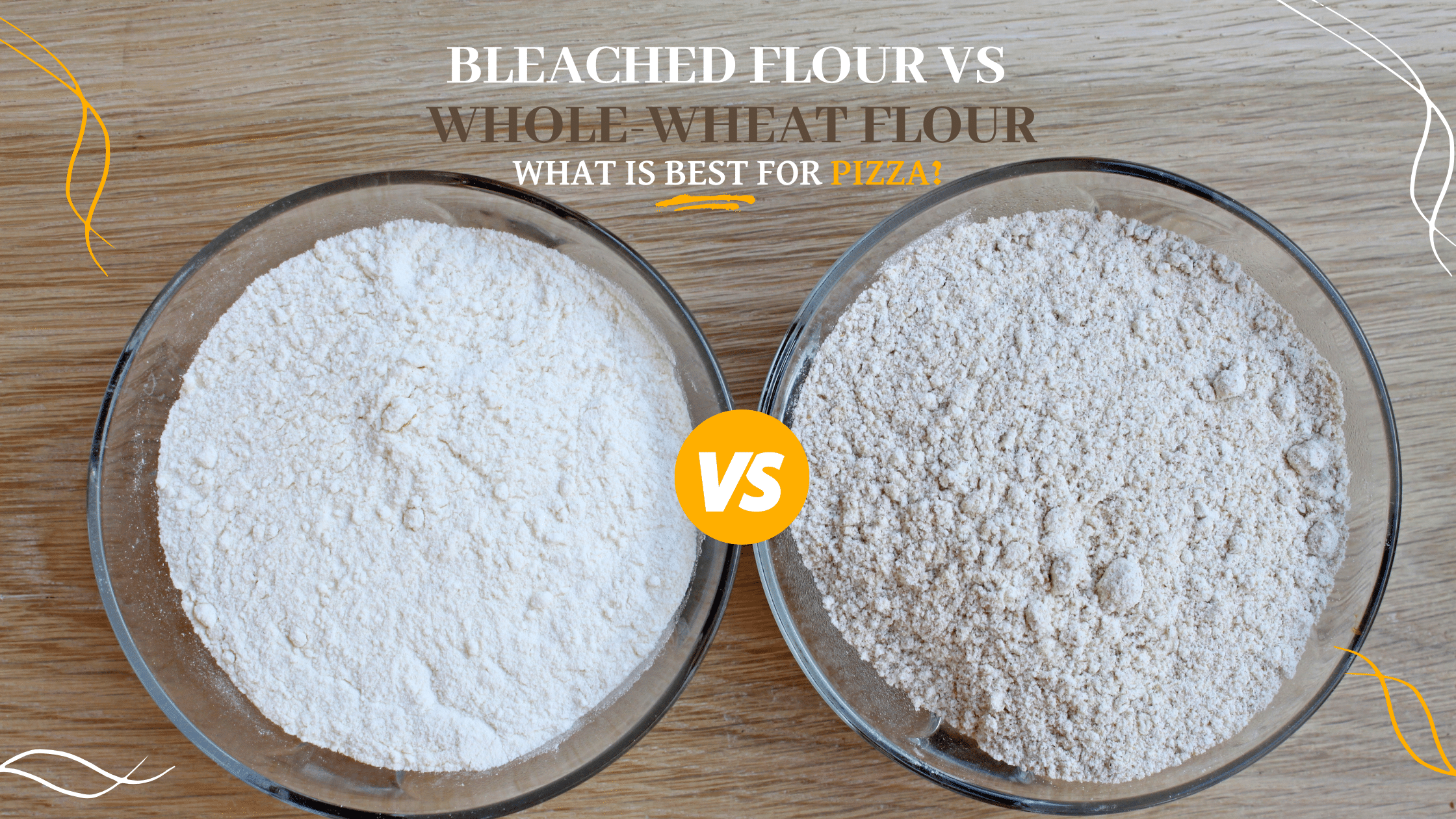
Bleached Flour vs Whole-Wheat Flour: Which is Best for Pizza?
the PROs
Bleached Flour vs. Whole-Wheat Flour The debate over bleached flour vs. whole-wheat flour for pizza is highly contended by those …

Bleached Flour vs Bread Flour: Which is Best for Pizza?
the PROs
Bleached Flour vs Bread Flour Are you interested in finding out the difference between bleached flour vs bread flour for …
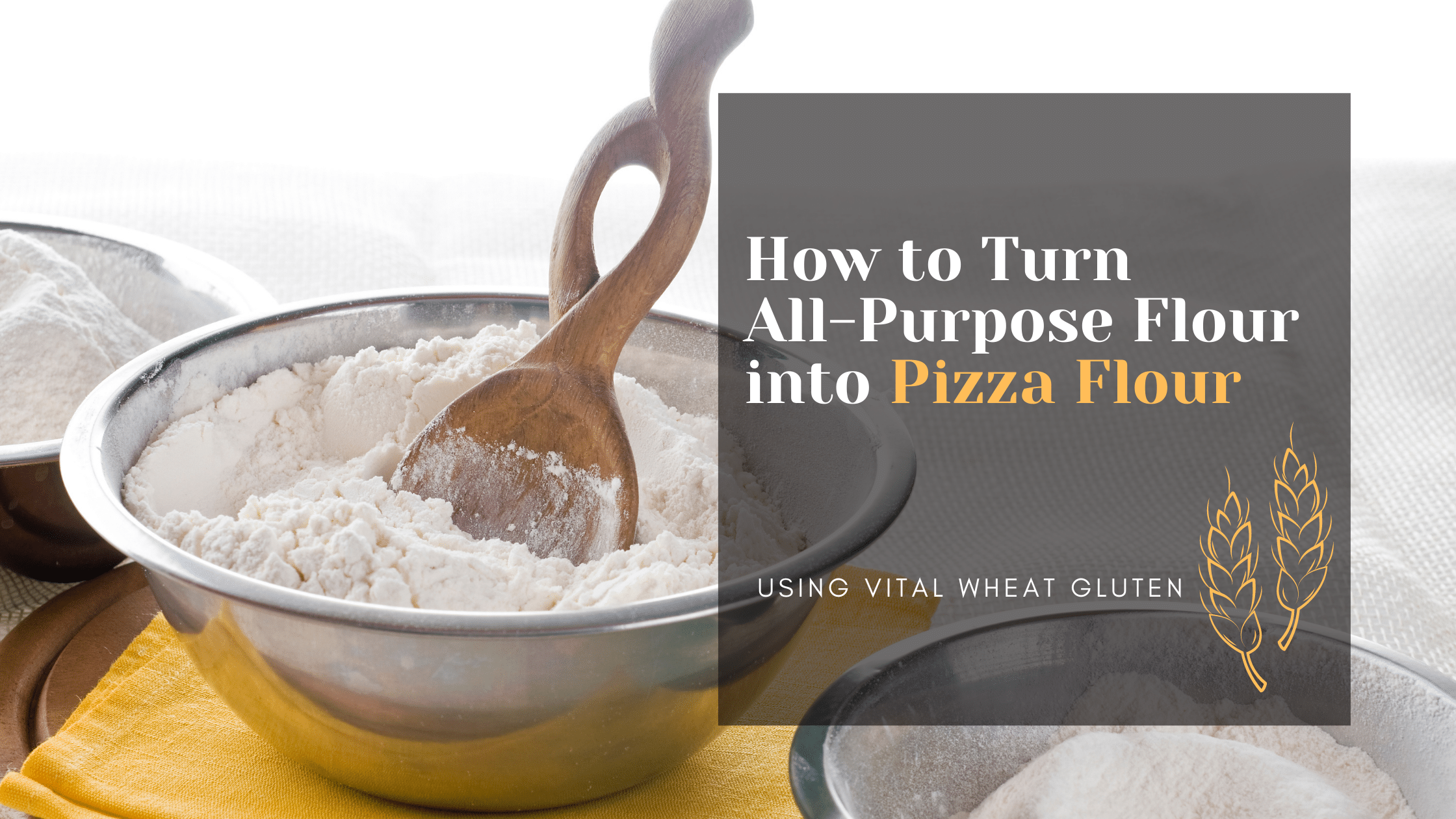
How to Instantly Turn All-Purpose Flour into Pizza Flour
the PROs
How to Turn All-Purpose Flour into Pizza Flour If you want to know how to turn all-purpose flour into pizza …
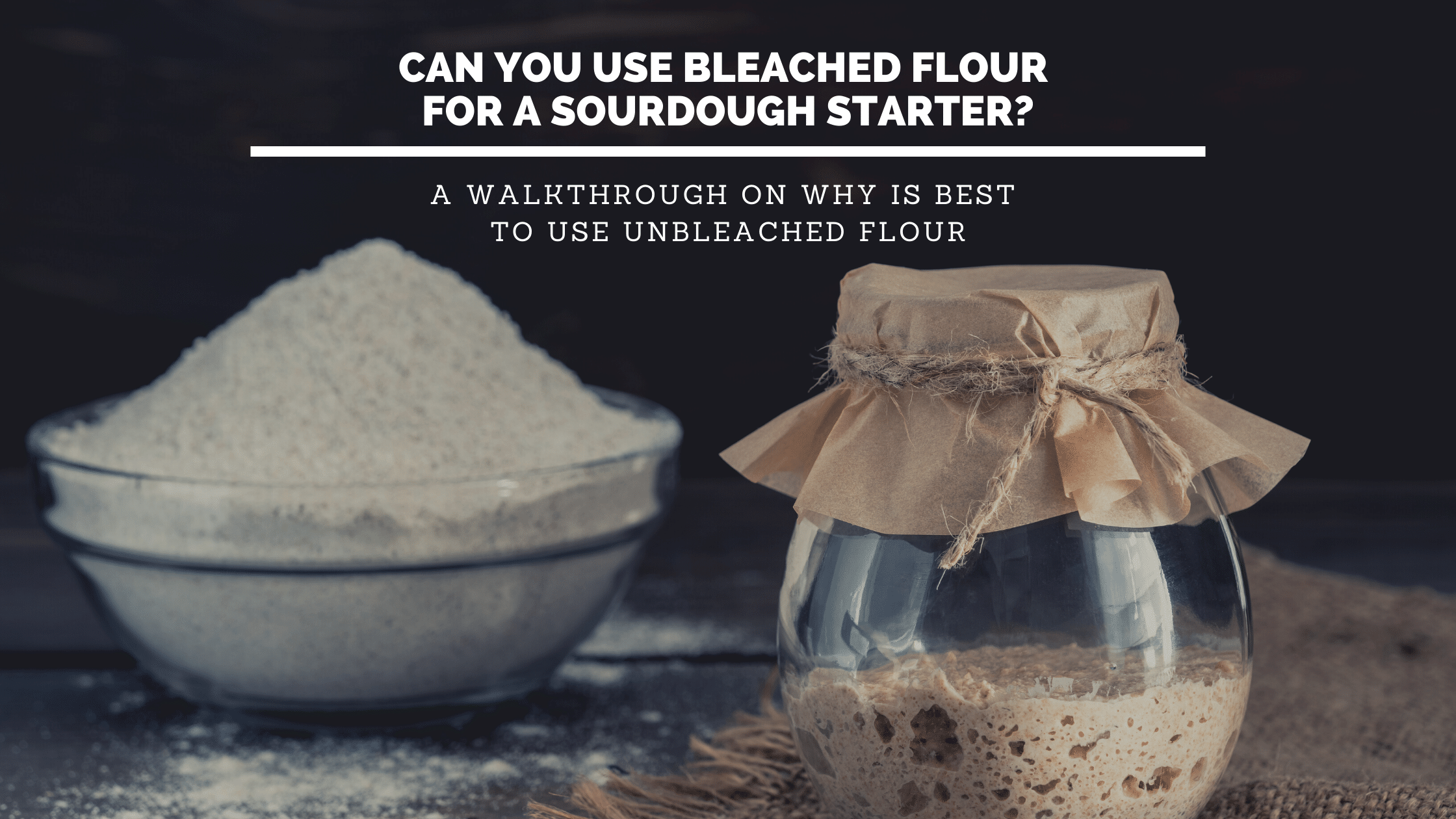
The Truth About Using Bleached Flour for Sourdough Starter
the PROs
Using Bleached Flour in Sourdough Starter? Are you wondering if you can use bleached flour for sourdough starters? Have you …
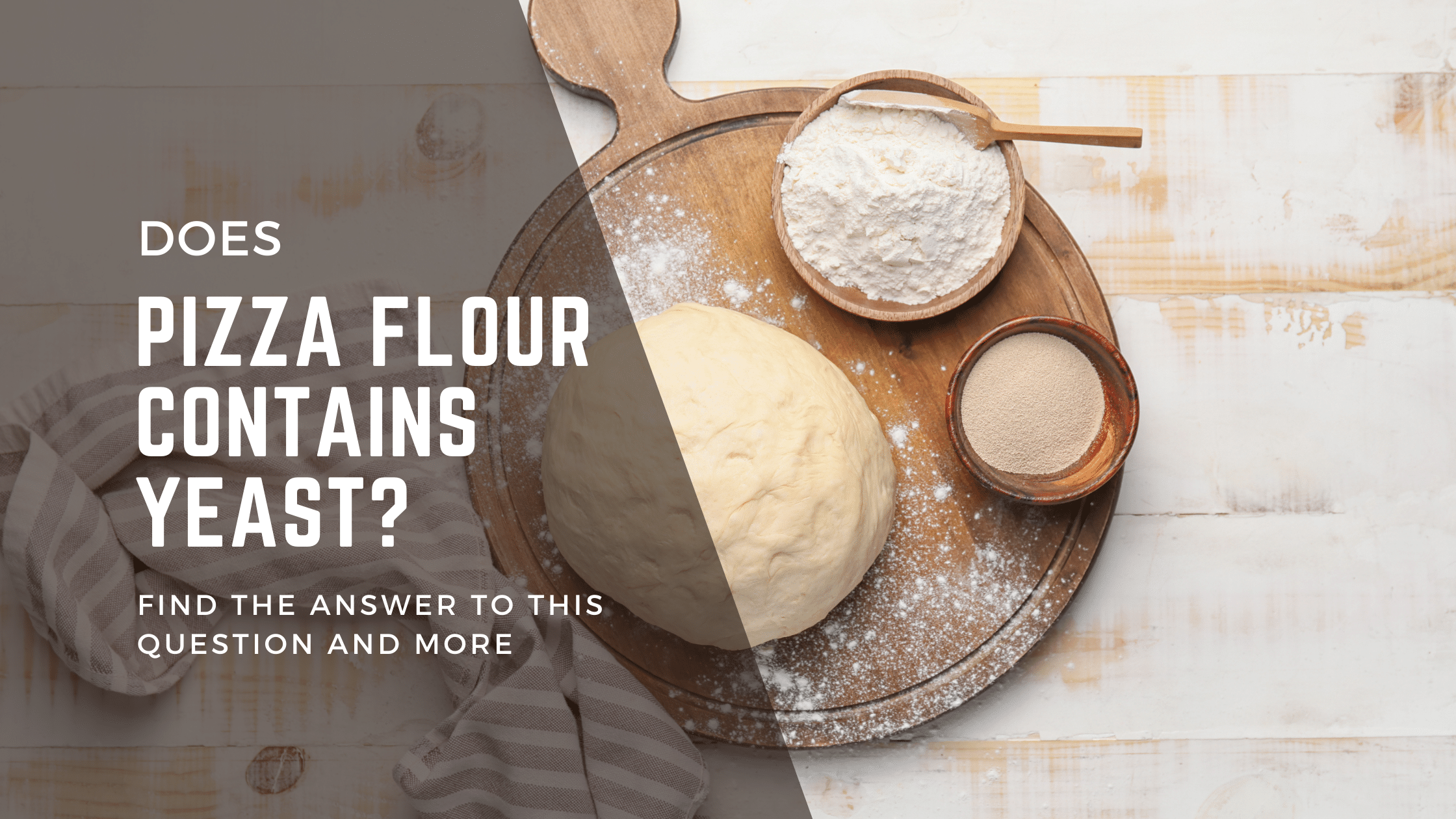
Does Pizza Flour Contain Yeast? Find What You Need to Know
the PROs
Ever wonder what gives pizza its mouth-watering, fluffy, and crisp crust? It’s all about the magic happening behind the scenes …

Bleached Flour vs All-Purpose Flour for Pizza (Why AP Flour is Better)
the PROs
Bleached Flour vs All-Purpose Flour for Pizza? Do you want to know which flour to pick to make your pizza …
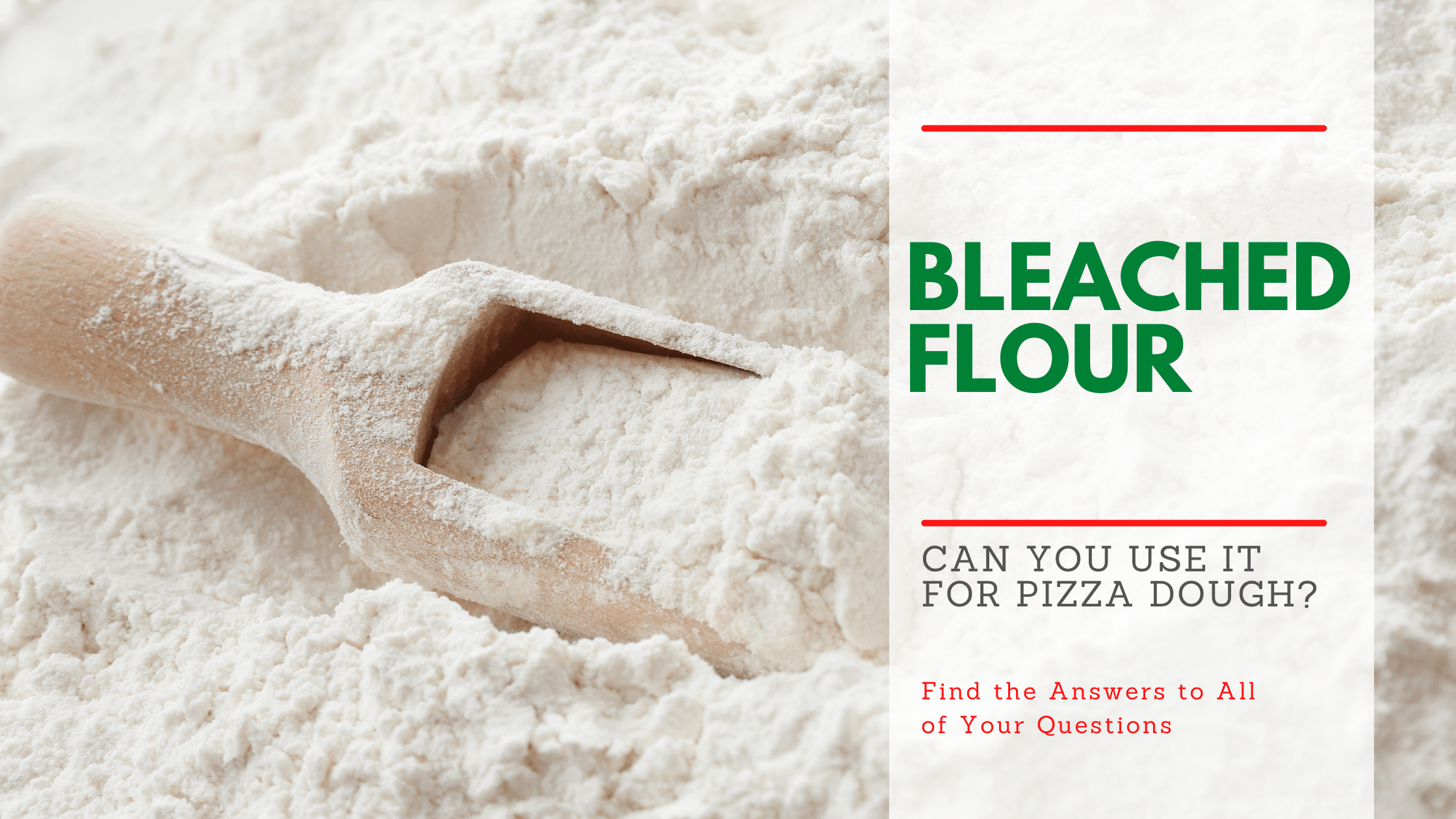
Can You Use Bleached Flour for Pizza Dough? (Why Unbleached Flour Is Better)
the PROs
Bleached or Unbleached Flour for Pizza? When it comes to crafting the ultimate pizza, choosing the right flour is crucial …
Enjoy!
Not a PRO? Not a Problem!
Take a pizza class to bring your pizza skills to the next level,
so you can be a PRO!
Related Posts

Costco Pizza Delivery: Find How You Can Get It Now!
the PROs
People go to Costco’s food court for many different reasons, but the cheesy slice of pizza they serve is among …

Pizza for Beginners: Don’t Buy Pizza, Make It! Here’s How to Get Started!
the PROs
You have this idea that you want to make pizza at home as opposed to ordering it, but where do you start? Don’t worry! Here you will find answers and directions to all your questions.

Pizza Toppings Under Cheese or Over Cheese? [Why the Order Matters]
the PROs
Is Pizza Cheese on Top or Bottom? Hey pizza lovers, are you wondering if you should layer pizza toppings under …
Newsletter
Subscribe to our Recipe of the Week newsletter and receive our partners’ latest recipes, tips, and discount offers.
Keep in Touch!

